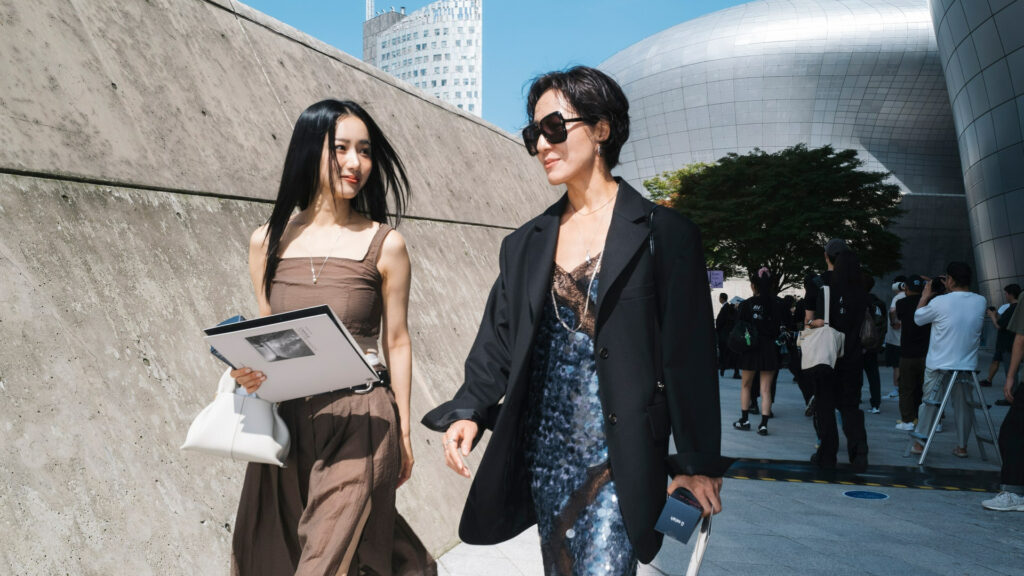Street style in Asia, particularly in cities like Tokyo and Seoul, has evolved into a global trendsetting force, influencing designers and fashion enthusiasts worldwide. These two fashion capitals stand out for their fearless experimentation, unique aesthetics, and ability to merge tradition with modernity, creating a style that is both authentic and futuristic.
Tokyo’s street fashion is synonymous with individuality and bold expression. Harajuku, the district often hailed as the epicenter of Japanese street culture, thrives on a philosophy of creativity without limits. From oversized silhouettes and layered textures to vibrant colors and avant-garde accessories, Tokyo’s fashionistas embrace risk as a form of self-identity. This approach has given rise to globally recognized styles such as Decora, Lolita, and Gyaru, each with its distinct visual language. Today, the trend continues to evolve, leaning toward sustainable fashion and gender-fluid pieces, reflecting Japan’s adaptability to societal changes and environmental consciousness.
In contrast, Seoul’s street style is sleek, polished, and effortlessly chic, aligning with South Korea’s reputation for minimalistic yet trend-forward aesthetics. Influenced by K-pop idols and Korean dramas, Seoul’s fashion scene blends comfort with sophistication, favoring monochromatic palettes, tailored fits, and subtle statement pieces. Oversized blazers paired with wide-legged trousers, chunky sneakers with structured coats, and a balance between casual and luxury brands are hallmarks of this urban style. Korean fashion has also been instrumental in popularizing gender-neutral clothing and layering techniques, breaking traditional norms and redefining what modern urban wear looks like.
Both cities share a deep connection with technology and pop culture, which amplifies their influence on global fashion trends. Social media platforms like Instagram, TikTok, and Pinterest have turned local street looks into viral phenomena, making Tokyo and Seoul pioneers in setting trends that transcend borders. Additionally, the rise of Asian designers on international runways, coupled with the global reach of K-pop and J-fashion enthusiasts, ensures that the world continues to look to these cities for inspiration.
Street style in Tokyo and Seoul is more than just clothing it’s a cultural movement rooted in creativity, individuality, and progressive thinking. As sustainability, inclusivity, and technology reshape the fashion industry, these cities will remain at the forefront of innovation, proving that the future of urban fashion is being written on the streets of Asia.

